These creatures are known to cause significant damage to a variety of plants, turning a once vibrant garden into a landscape of half-eaten leaves and stems.
How to Manage Overgrown Lomandra Through Pruning and Division
Lomandra, a genus of perennial plants native to Australia, is a popular choice among experienced home gardeners and landscape professionals due to its hardiness and aesthetic appeal. But you might be wondering how to prune your lomandra when it becomes overgrown.
Is pruning the foliage the best method, or are there other ways to control the size of lomandras? This article explores the different methods of pruning for managing overgrown lomandras and offers a comprehensive guide on how to prune effectively to keep them in shape and healthy.
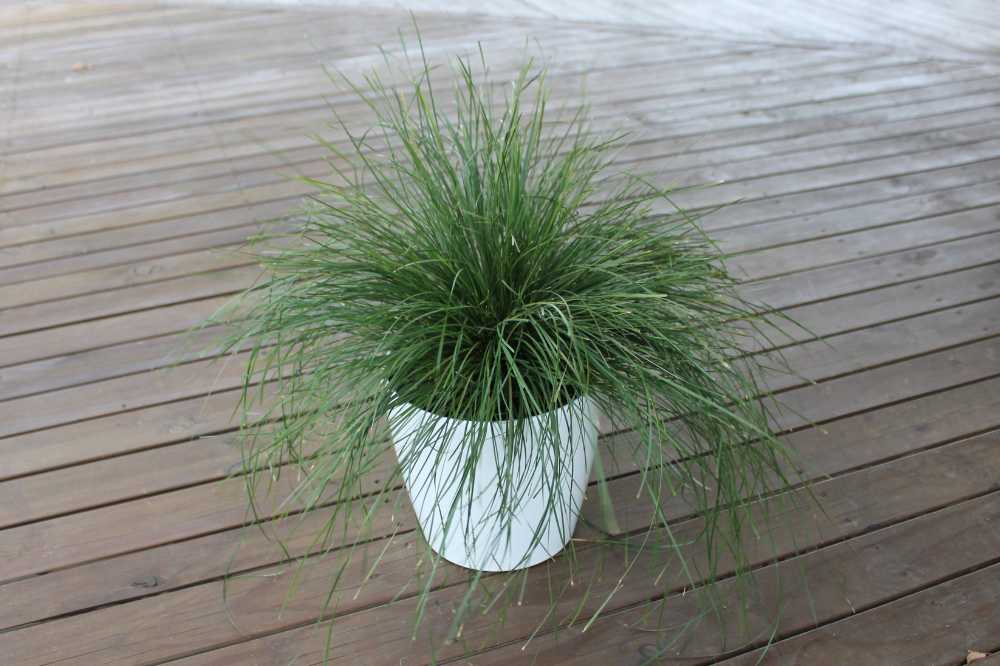
- Understanding Lomandra
- Pruning Lomandra into a Dome or Ball
- Step-by-Step Guide on How to Prune Lomandra
- Do You Have to Prune Lomandras?
- Dividing Lomandra Instead of Pruning Foliage
- Planting the Right Lomandra in the Right Place
- Best Time to Prune Lomandra
- Different Varieties of Lomandra
- Frequently Asked Questions About Lomandra Pruning
- Daniel’s Wrap
Understanding Lomandra
All species of Lomandra have long, strappy leaves attached to a rhizome with very short internodes and a vigorous root system. They tend to love plenty of sunlight and well-draining soil, with some varieties able to withstand wet feet for extended periods.
Every variety has their own “genetic destiny.” By knowing the size and shape that your lomandra wants to grow to, you can make an informed decision on the best way to manage its size.
Some gardeners treat them like a regular hedge when pruning, but their natural habit needs to be understood to achieve the best results. It’s important to note that their leaves aren’t stems, and so pruning won’t encourage them to become bushy in the same way that it does in a regular hedge.
Pruning Lomandra into a Dome or Ball
The most common way to prune lomandra is into a “dome,” also called a “ball”. This involves taking a pair of garden shears or a mechanical hedge trimmer and trimming the leaves to shape the plant.
There’s nothing wrong with doing this – it looks neat and tidy and sometimes it’s necessary to keep the plants from encroaching on the driveway or footpath.
Just know that you’re reducing the plant’s ability to photosynthesise every time you trim the leaves, and over time pruned leaves (both alive and dead) will build up and airflow will be restricted around the base. This can encourage pests like mealy bugs and scale to attack, as well as create perfect conditions for fungal diseases.
If you decide to maintain your lomandras into a particular shape, it’s a good idea to remove dead leaves by hand each time to provide space for new growth to emerge. You might be concerned that you’re leaving gaps in your lomandra dome by doing this, but consider whether you think the dead foliage looks any nicer than the gap.
Step-by-Step Guide on How to Prune Lomandra
1. Tools Needed for Pruning foliage
Ensure you have sharp pruning shears or a mechanical hedge trimmer, gloves, and a garden waste bag or bin. If your blades aren’t sharp, you’re going to tear the leaves instead of cutting them, which can look ugly.
2. Pre-Pruning Preparation
Start by cleaning your tools to prevent the spread of diseases. Then, wearing your gloves, inspect the lomandra plant for any signs of disease or pests. The gloves are to protect you from the prickly flower spikes and from any hypodermic needles that passers-by may have thrown into your plant. Unfortunately, some people treat lomandras like a bin, especially when they’re on the nature strip.
3. Pruning Process
I like to begin by sliding my hedge trimmer under the bottom leaves, pruning from the base and working my way to the top of the plant. This way, I can achieve a perfect dome and leave less of the foliage un-pruned at the base.
Alternatively, you can bundle the foliage together, tie it with string or a bungee cord, then make your pruning cuts below your tie. That way, the foliage is already in a bundle and there’s less cleaning up, but you won’t achieve the perfect dome shape.
Aim to maintain a uniform dome shape on all lomandras in the garden. Or, you can tastefully alternate the sizes – just beware that pruning them all into random sizes can look higgledy-piggledy.
4. Post-Pruning Care
After pruning, dispose of the cut foliage properly. It looks a bit silly to have a skirt of un-pruned leaves around the base after you’ve raked up, so make sure you prune again after raking to get every last leaf. Water the plant thoroughly and apply a slow-release fertiliser to support recovery and new growth if you haven’t already done so this season.
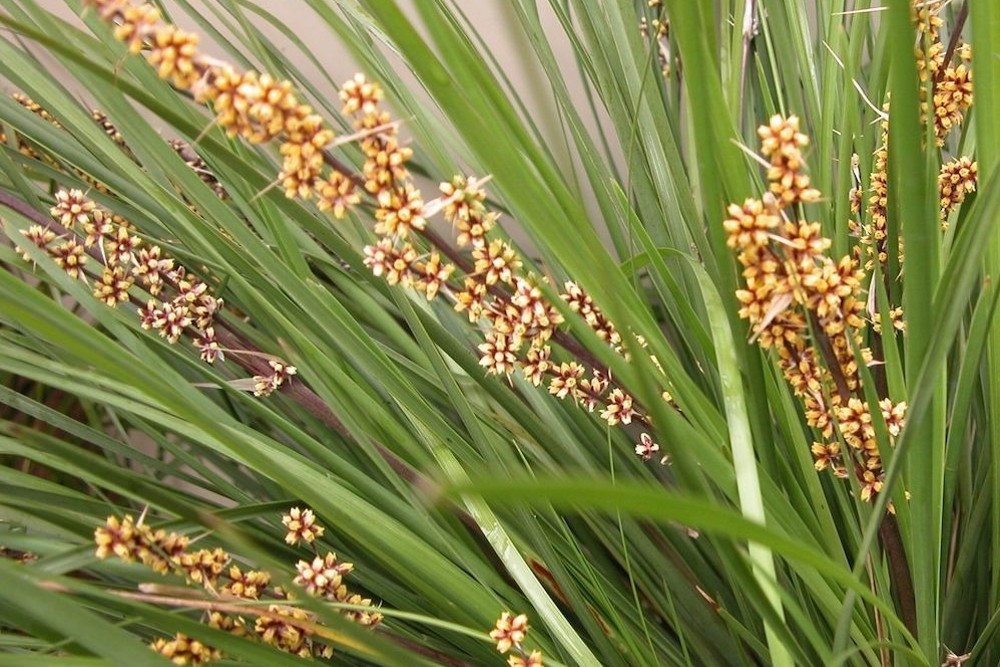
Do You Have to Prune Lomandras?
Definitely not!
The natural, scruffy shape of lomandra is something to be celebrated. In my podcast interview with Billy Goodnick from Crimes Against Horticulture, he laments that many gardeners take a “janitorial” approach to gardening, where they make everything look “neat and tidy,” instead of allowing plants to express their natural form. Lomandra dome pruning is a perfect example of this.
Once you start to prune lomandras into a dome, you’re committed to ongoing maintenance because the plant will never again have that natural appearance unless you prune all of the leaves right to the base and let it start again.
You don’t have to keep it contained in a man-made shape if you don’t want to, so keep reading to learn an alternative to pruning the leaves.
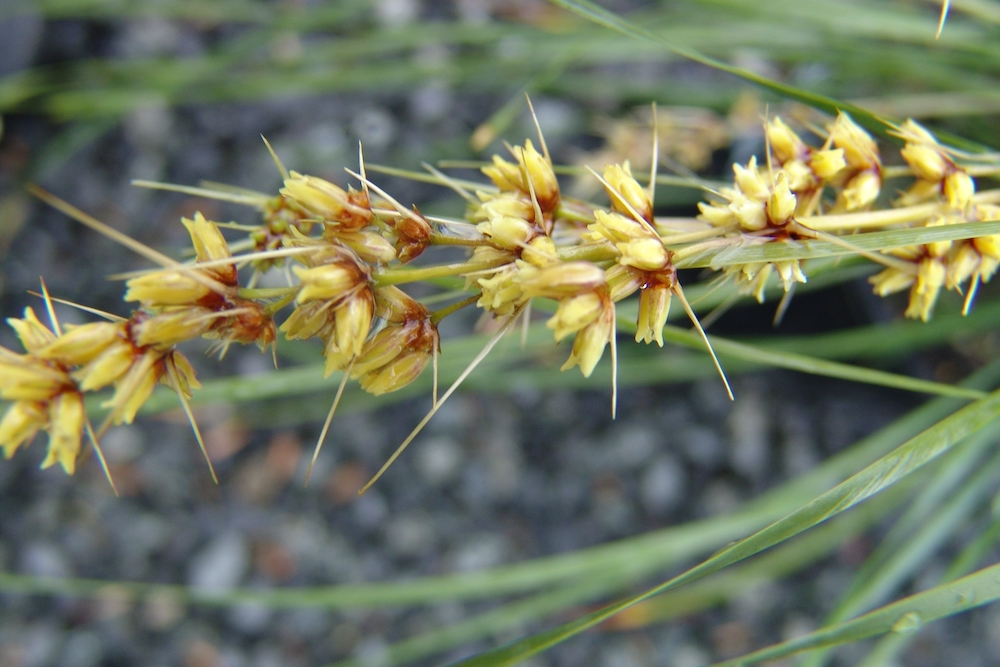
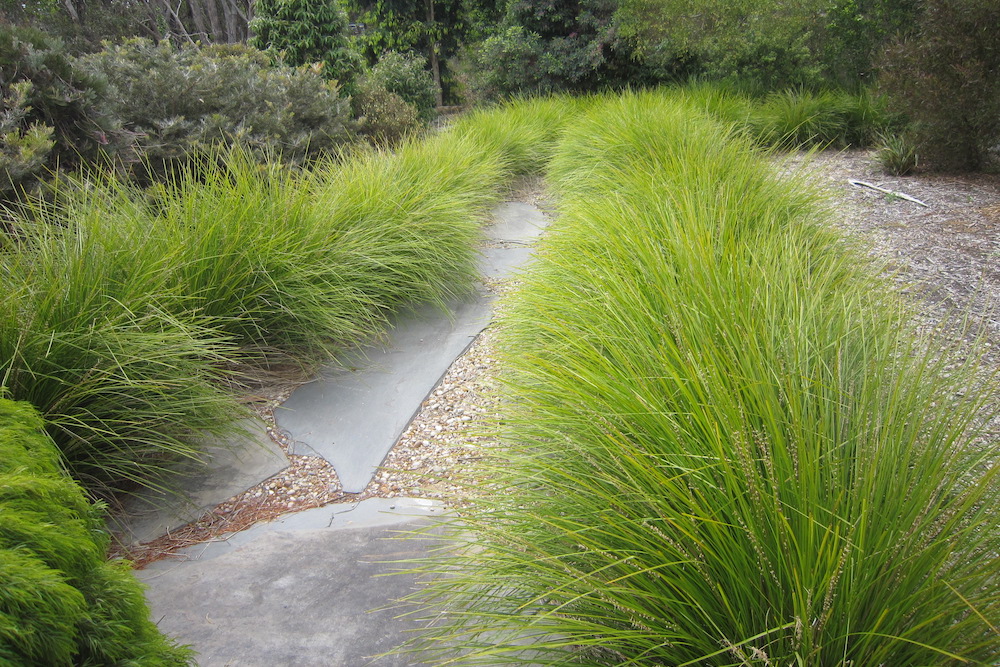
Dividing Lomandra Instead of Pruning Foliage
Over time, your lomandras will start to grow much larger than they were when you first installed them. This can be particularly true for Lomandra hystrix varieties, which can become massive.
If you want to make space without sacrificing the plant’s natural shape, you can simply remove some of the rhizomes (stems) with a shovel or a mattock. That way, you’ve significantly reduced the size of the plant without pruning the leaves.
You can then propagate the removed rhizomes in a different part of the garden, or simply put them in your green waste or compost bin. Learn more about dividing and propagating lomandras in this article.
Sure, digging out lomandra rhizomes requires more effort than pruning their leaves with the shears. However, you only need to divide your lomandras once every few years, whereas pruning the leaves often requires constant work every few weeks during the growing season.
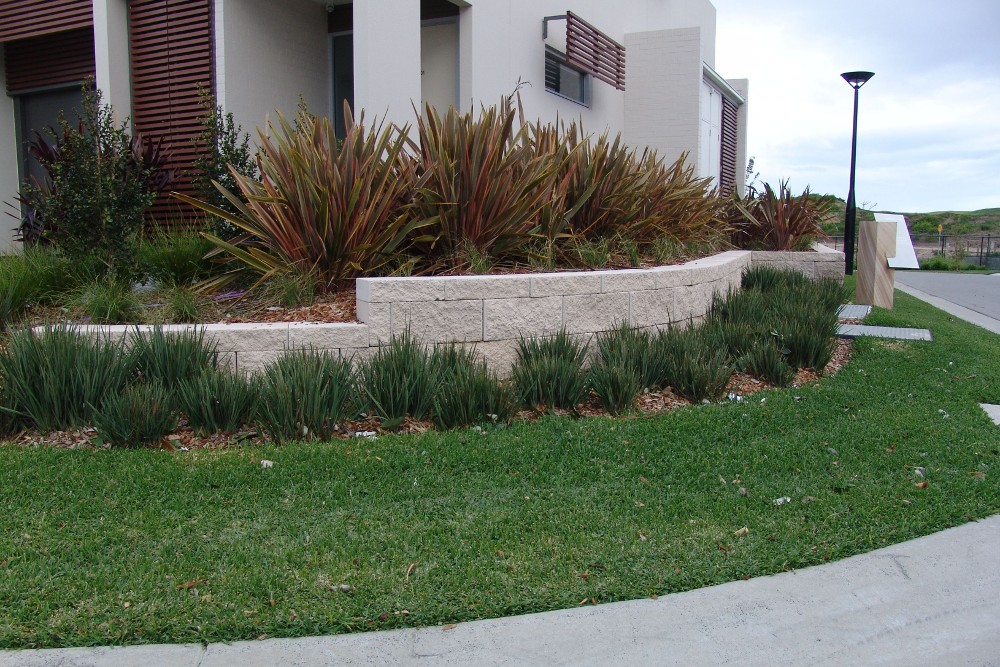
If plants have plant breeder’s rights (PBR), they can’t be grown for selling purposes. You can only grow them for yourself. Special techniques, like tissue culture, are used by nurseries to raise them. Buying new plants might be simpler and less expensive, depending on your schedule. But if you’ve got the time and aren’t selling, doing it yourself could be a good idea.
Planting the Right Lomandra in the Right Place
If you find that your lomandras are too big for the space they’re planted in, you can simply remove them and replace them with something smaller. There are a range of dwarf lomandras that can suit even the smallest of spaces.
Or, alternatively, you can replace them with another plant that has a similar clumping shape with strappy leaves, such as a liriope or mondo grass.
Best Time to Prune Lomandra
The best time to prune lomandra is generally in late winter or early spring, just before the onset of the growing season. This gives the roots a chance to establish and prevents excess moisture loss before the plant can seal the pruning wounds in the heat of summer.
If you’re happy to let your lomandra dome have scraggly hairs, pruning once a year will do the trick. Although, if you take this approach, ask yourself what was the point of pruning it into a dome in the first place?
Most people who prune lomandras into a dome want them to stay that neat and tidy. In this case, you can prune them at any time of the year except during a heatwave.
Different Varieties of Lomandra
The pruning needs of Lomandra species, as well as their cultivated varieties, are the same. However, there are some basic differences between each species that we should discuss. Keep in mind that breeders like us at Ozbreed have enhanced the natural species to be better suited to the urban landscape, such as improved aesthetics and resilience to pests and diseases.
Lomandra longifolia: This particular species is renowned for its toughness and adaptability. It can reach heights of up to 1 metre, boasting elongated, flat leaves that gently arch. Small, vivid yellow blossoms that emit a pleasing aroma appear in the spring and early summer months. The plant is versatile, capable of thriving in diverse settings from arid eucalyptus forests to moist areas adjacent to streams.
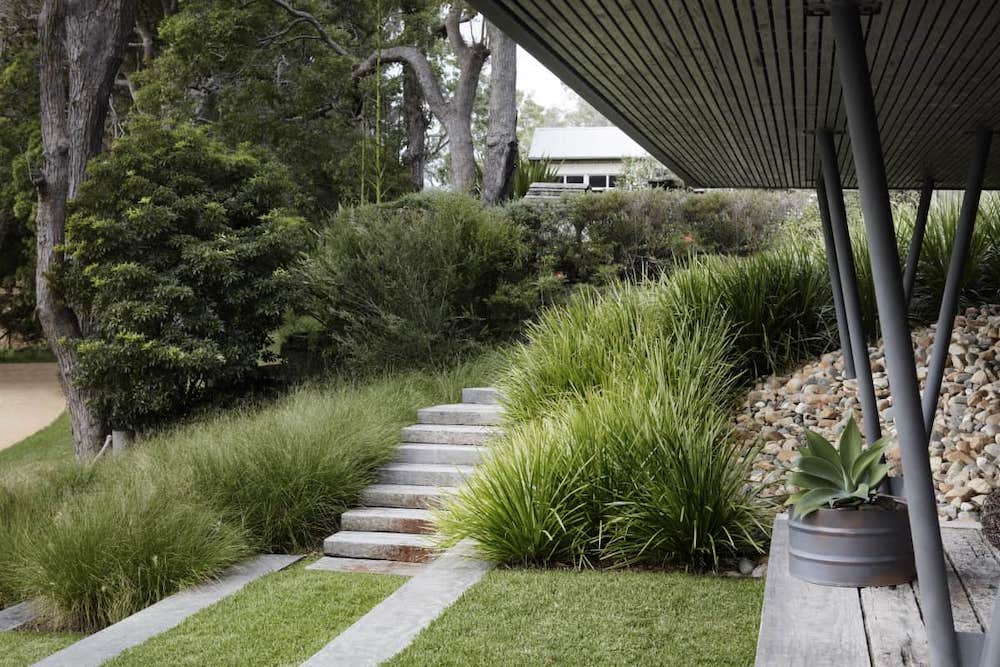
Lomandra confertifolia: In contrast to Lomandra longifolia, L. confertifolia tends to be more compact, usually growing to heights of around 0.7 metres. Its leaves are slender, bright green, and arranged neatly into a tussock.
Creamy-yellow flowers emerge in clusters on a central stem during spring. The plant prefers well-drained soils, but it’s also capable of withstanding conditions that are seasonally waterlogged.
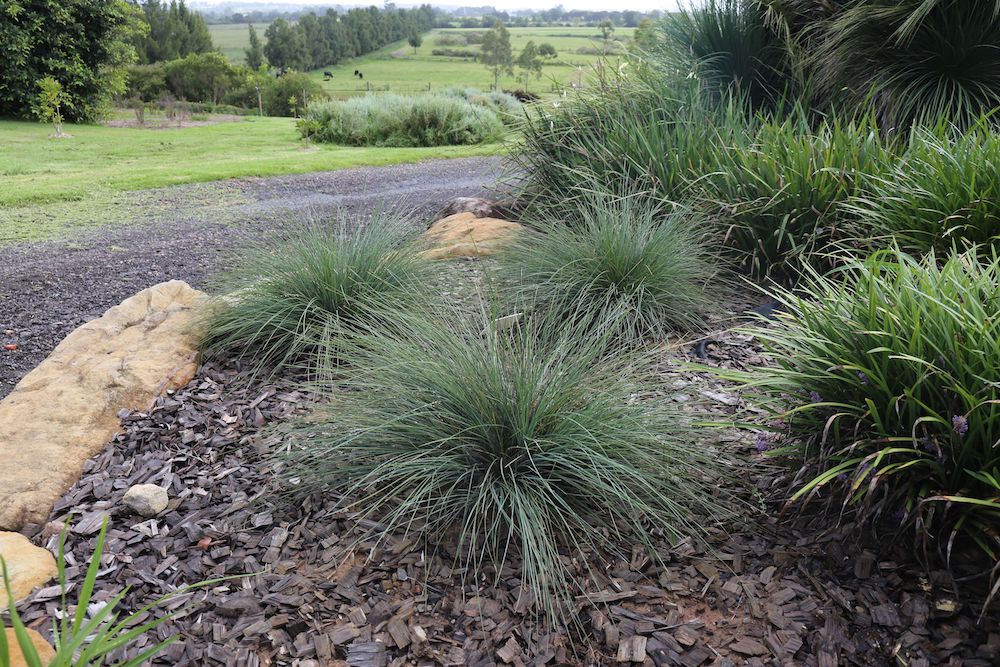
Lomandra hystrix: Towering over the other two species, Lomandra hystrix can grow up to 1.5 metres tall. Its leaves are vibrant green, glossy, and notably longer and wider than those of the other species.
Cream-colored blossoms that carry a strong fragrance appear in the spring and summer months. This species is typically found in more humid habitats, such as alongside creek banks or within damp, open forests.
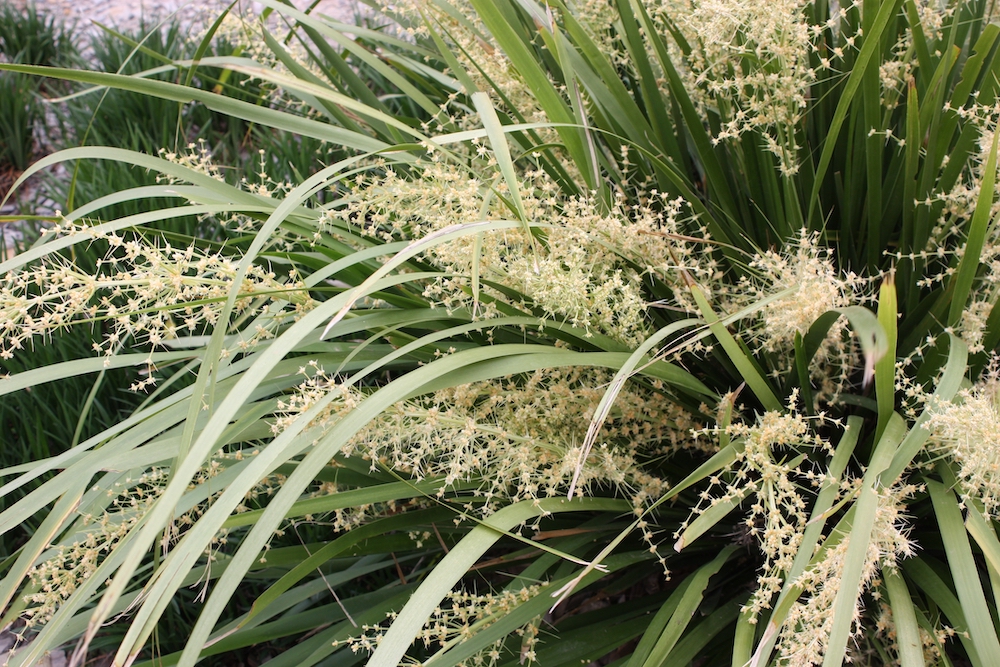
Frequently Asked Questions About Lomandra Pruning
Can You Prune Lomandra in Any Season?
Yes, lomandras can be pruned into a dome at any season. In fact, during the growing season, they’ll need to be pruned every few weeks to maintain the dome shape as new growth appears. However, avoid pruning during a heatwave as a lot of moisture can be lost through pruned foliage before the plant can seal the wounds.
Dividing lomandras can also be done at any time of year, but if you’re planning to plant the removed “pups,” consider dividing and planting in late winter to early spring to provide the best chance for the new plants to take root.
How to Manage a Pruned Lomandra?
After pruning, remove any dead leaves to keep your lomandra looking its best, and to allow for additional airflow which will help keep pests and diseases at bay. Keep your lomandras well-watered and apply the correct amount of slow-release fertiliser to support recovery and stimulate new growth.
Regularly check the plant for signs of disease or pest infestation. If you see signs of mealy bugs or scale, you can give your lomandra a spray of horticultural oil to knock the pest population on its head. Learn more about controlling pests and diseases naturally here (my article on integrated pest management from a few weeks ago).
Can All Species of Lomandra Be Pruned the Same Way?
Yes, all species of Lomandra can generally be pruned the same way. However, depending on the specific growth habits and conditions in which they’re grown, some may require more frequent pruning than others.
Daniel’s Wrap
Lomondras are a beautiful plant with long, strappy leaves that naturally wave in the breeze. However, many gardeners prefer to see them in a man-made dome shape. Luckily, lomandras are tough enough to withstand this type of pruning provided they have the right conditions.
You certainly don’t have to prune their foliage if you don’t want to, though. Dividing plants is the best way to reduce their size while keeping their natural appearance.
Sometimes, a plant is simply too big for the space, and lomandras are no exception. Never be afraid of replacing a plant that’s too big with a smaller plant that’s better suited.
All lomandras tend to respond similarly to pruning as they all share the same clumping habit with long, strappy leaves attached to a rhizome with short internodes and a vigorous root system that allows for easy division.

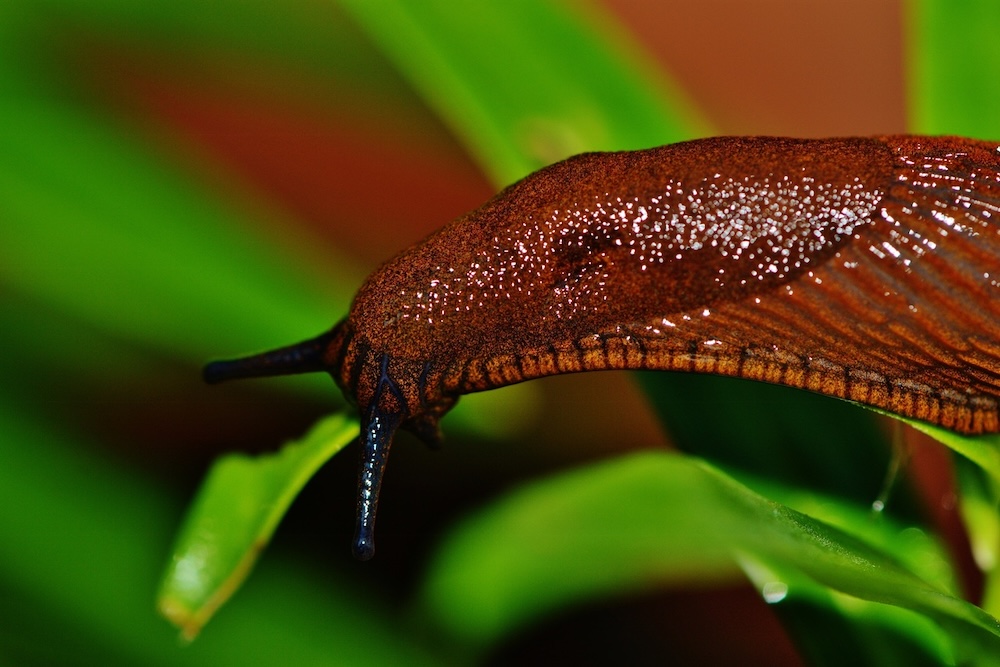
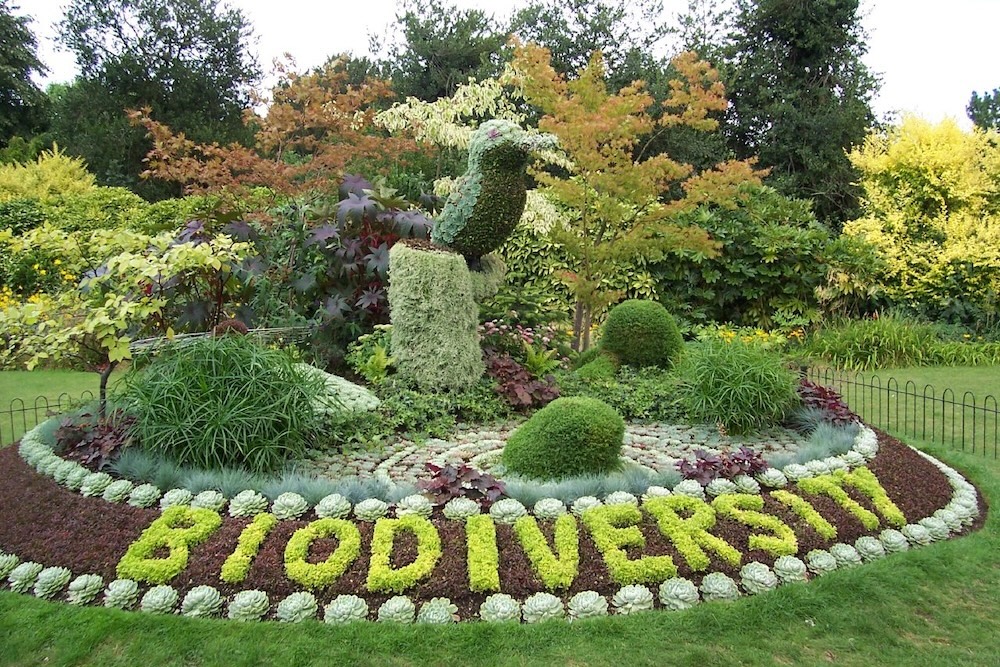
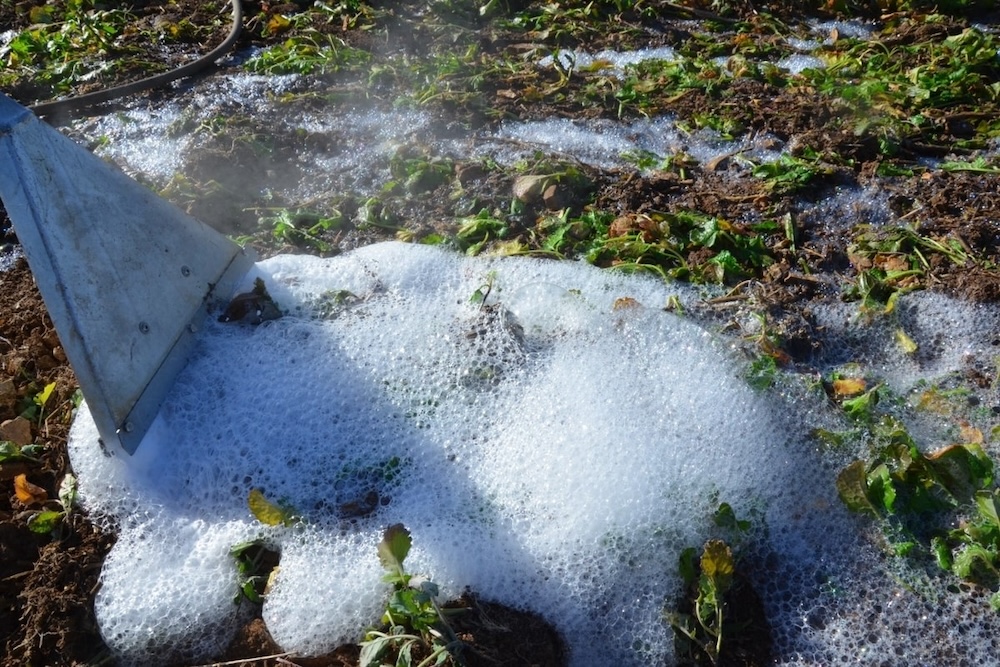
This Post Has 0 Comments